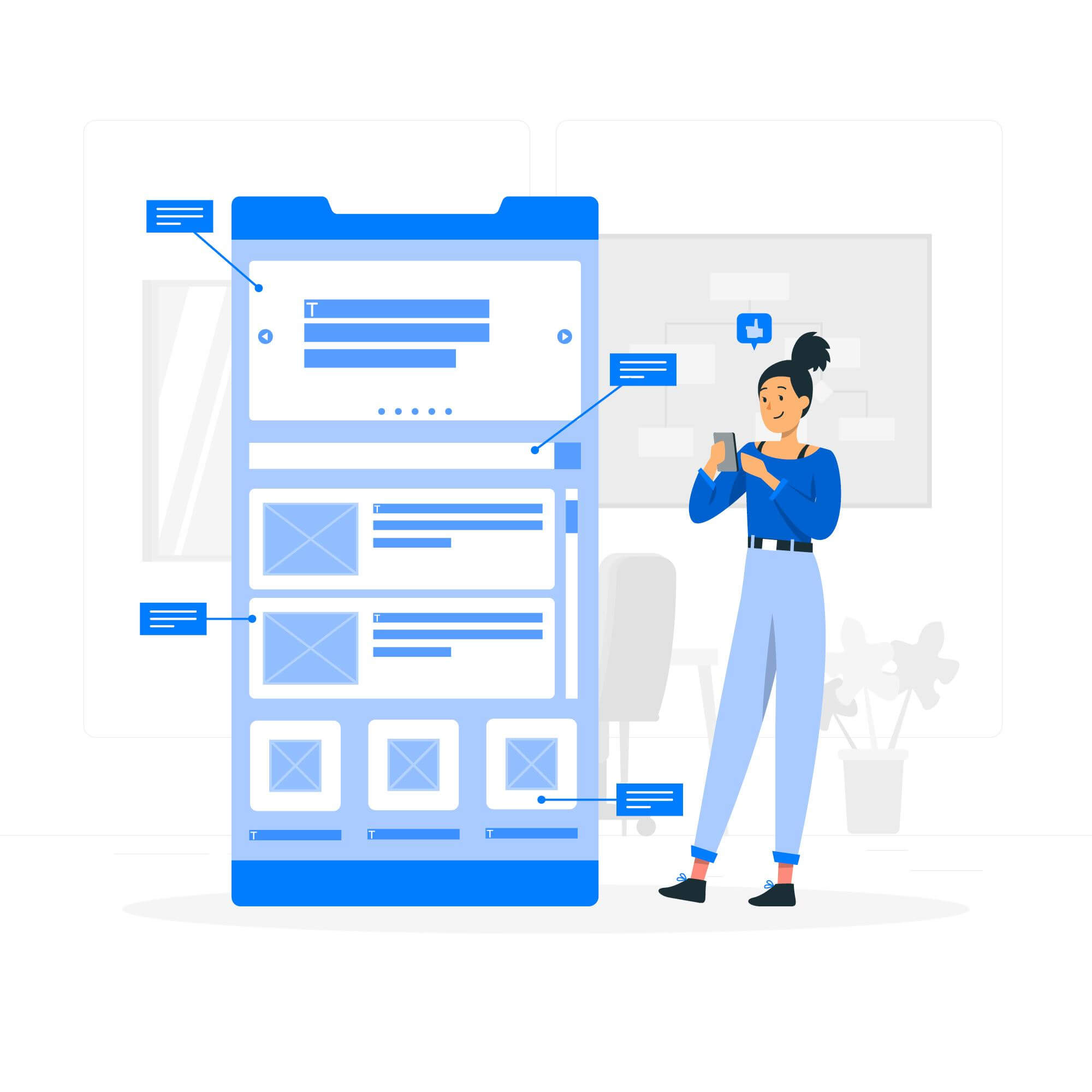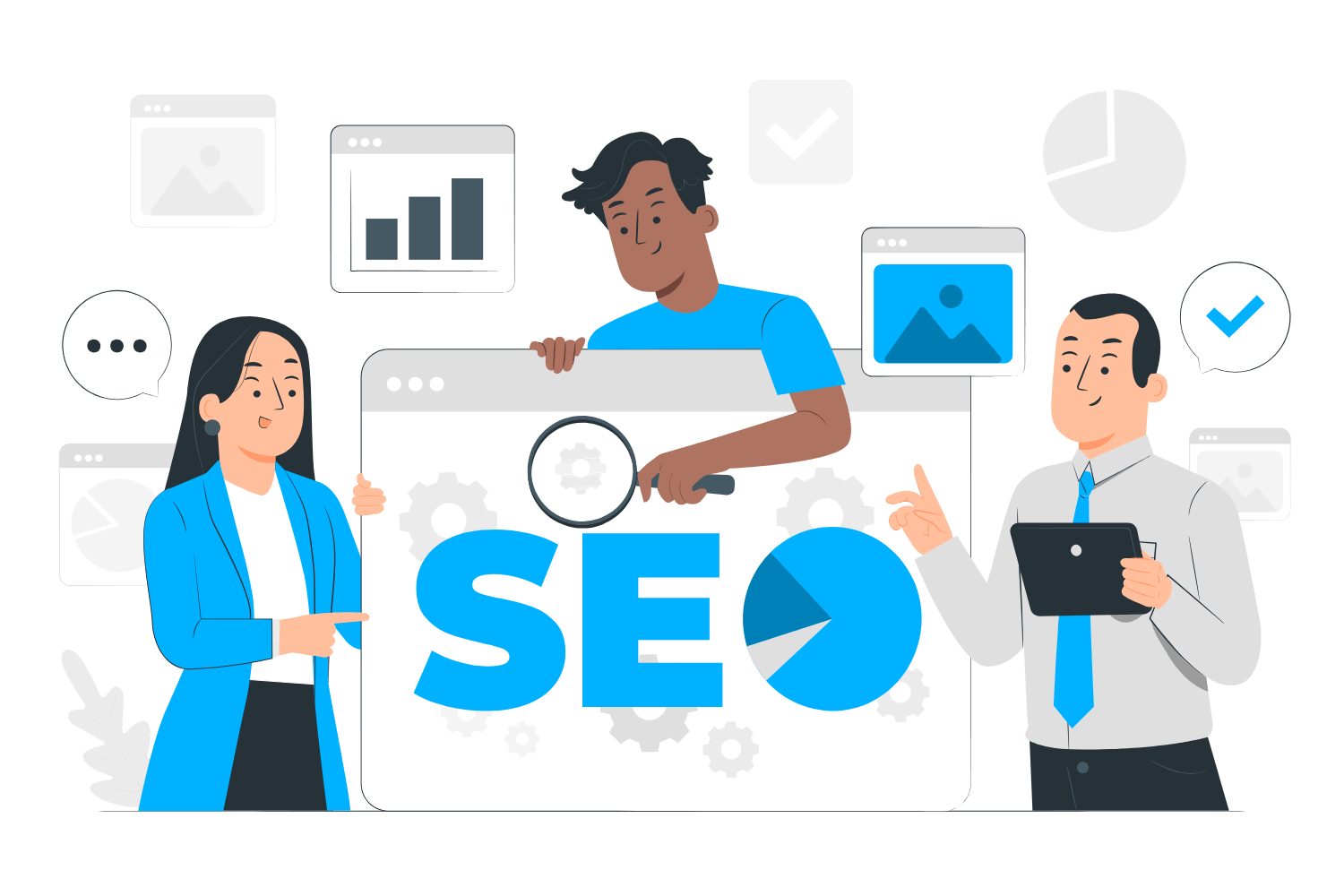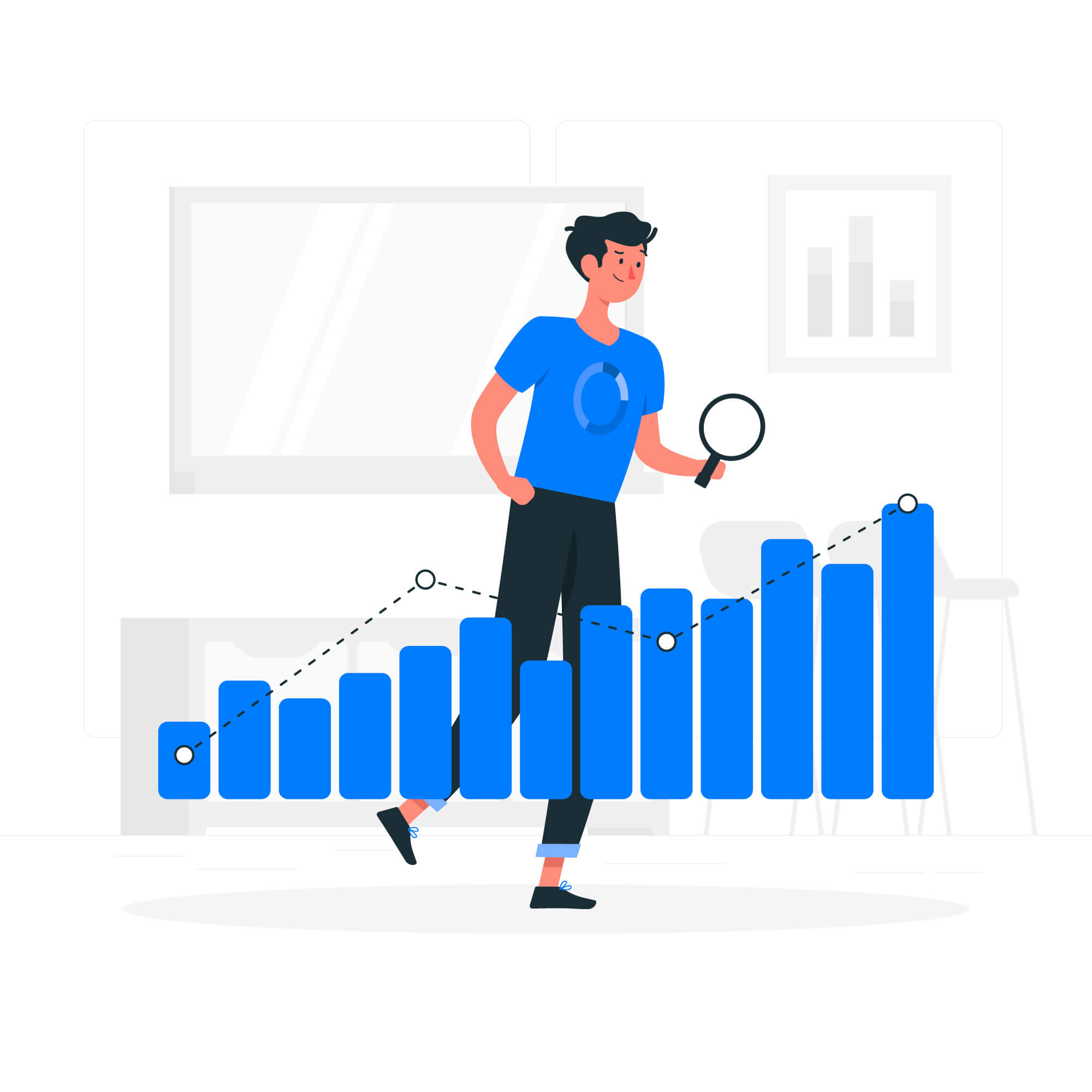For many businesses, a website is just a digital placeholder—a space to list services, share contact details, and provide basic company information. But in today’s competitive market, that’s not enough. Your website should be your hardest-working salesperson, operating 24/7 to attract customers, build trust, and drive revenue.
This was the key focus of the Coffee Coaching Session, hosted by the Central Delaware Chamber of Commerce. Experts and business owners came together to discuss how to transform an ordinary website into a powerful sales engine. Whether you attended or missed it, here’s a recap of the most valuable takeaways from the event.
Your Website: More Than Just an Online Presence
A common misconception is that a website’s primary function is to serve as an online brochure. In reality, it should be an active business tool that helps generate leads, nurture customer relationships, and drive sales.
During the session, speakers emphasized that a great website does three things well:
Attracts potential customers through search engines and digital marketing.
Engages visitors with high-quality content, strong visuals, and clear messaging.
Converts leads into sales with strategic calls to action (CTAs) and seamless navigation.
For example, a bakery website shouldn’t just display a menu—it should allow customers to order online, schedule pickups, and browse customer reviews. Small changes like these can turn casual visitors into loyal customers.
But where do you start? One of the first steps is choosing the right platform.
Choosing the Right Platform for Your Business Needs
Not all website platforms are created equal, and selecting the right one depends on your business goals, technical skill level, and growth plans.
During the event, experts compared three of the most popular platforms:


For businesses focused on selling products online, Shopify is an excellent choice because it’s designed specifically for e-commerce. On the other hand, WordPress is ideal for businesses that need maximum flexibility and customization.
Once you have the right foundation, the next step is to ensure your website is designed for conversion.
Designing for Conversion: Turning Visitors into Customers
A well-designed website isn’t just about aesthetics—it’s about guiding visitors toward action.
During the session, we discussed how small changes in layout, speed, and user experience (UX) can significantly impact conversions. Here are some key takeaways:
Easy Navigation – Visitors should find what they need in three clicks or less.
Mobile Optimization – More than 50% of web traffic comes from mobile devices, so your site must be mobile-friendly.
Fast Load Times – A website should load in under three seconds to prevent visitors from leaving.
Compelling CTAs – Buttons like “Get a Free Quote” or “Schedule a Consultation” should be easy to spot and encourage action.
A plumbing service website, for example, should have a visible “Call Now” button so customers in need of emergency services can reach out immediately.
However, even the most well-designed website won’t generate traffic on its own—that’s where SEO comes in.
Search Engine Optimization (SEO): Getting Found Online

Having a stunning website means nothing if no one can find it. That’s why Search Engine Optimization (SEO) was a key topic of discussion during the session.
The experts broke SEO down into four essential areas:
Keyword Research – Identify what potential customers are searching for (e.g., “best bakery in Dover”).
On-Page SEO – Use proper headlines, image descriptions, and meta descriptions to help Google understand your content.
Local SEO – If you’re a local business, claim your Google Business Profile listing to appear in local searches.
Technical SEO – Ensure your website is fast, mobile-friendly, and free of broken links.
One attendee, a local coffee shop owner, shared how implementing local SEO helped their business appear in “near me” searches, leading to an increase in foot traffic.
While SEO helps drive traffic, what visitors see when they arrive on your site matters just as much—which brings us to content strategy.
Content Strategy: Keeping Visitors Engaged
Content is what keeps visitors on your site and builds trust. It’s also one of the most effective ways to rank higher on Google.
Three Content Strategies That Work:
Blogging – Share helpful insights to position yourself as an industry expert.
Videos – Create short explainer videos or behind-the-scenes clips to showcase your brand.
Interactive Elements – Use quizzes, surveys, or calculators to engage visitors.
A bakery owner attending the event mentioned how their “Custom Cake Builder” tool helped increase customer engagement by allowing users to design their own cakes online.
For businesses that sell products online, the discussion naturally shifted to e-commerce essentials.
E-Commerce Essentials: Simplifying the Buying Process

For businesses with online stores, a streamlined checkout process is critical. Key takeaways from the session included:
Frictionless Checkout – Minimize the steps required to make a purchase.
Multiple Payment Options – Offer credit card, PayPal, and digital wallets.
Trust Signals – Display customer reviews and security badges to reassure buyers.
A boutique owner shared that after adding a “Complete Your Outfit” suggestion to their checkout page, their average order value increased by 15%.
While e-commerce sites must focus on conversion and security, all websites require ongoing maintenance and performance tracking.
Analytics, Maintenance & Security: Keeping Your Website at Peak Performance

Your website isn’t a “set it and forget it” project. It needs regular maintenance and continuous improvement to remain effective.
Monitor Analytics – Track bounce rates, conversion rates, and traffic sources.
Perform Regular Updates – Keep your website platform, plugins, and security features updated.

Use Backups & SSL Certificates – Protect customer data and ensure your site remains secure.
One participant shared how installing an SSL certificate on their online store helped boost customer trust and increase conversions.
Final Thoughts: What’s Next?
The Coffee Coaching Session provided practical, actionable strategies for transforming a website from a static page into a dynamic sales tool.
If you attended, now is the time to apply what you learned:
- Audit your website for areas of improvement.
- Optimize for SEO to increase visibility.
- Enhance UX by improving speed and navigation.
Whether you need to boost engagement, improve SEO, or increase sales, your website has the potential to be your most valuable business asset—if you use it right.
Not sure where to start? We’re here to help. Whether you want to enhance your current website or build a new one from the ground up, we’ll guide you every step of the way.
